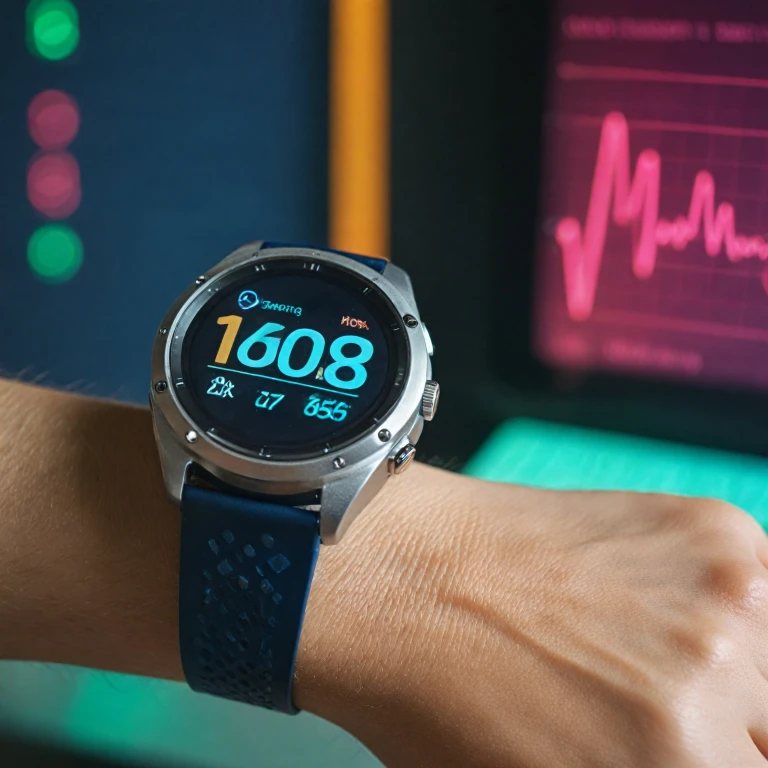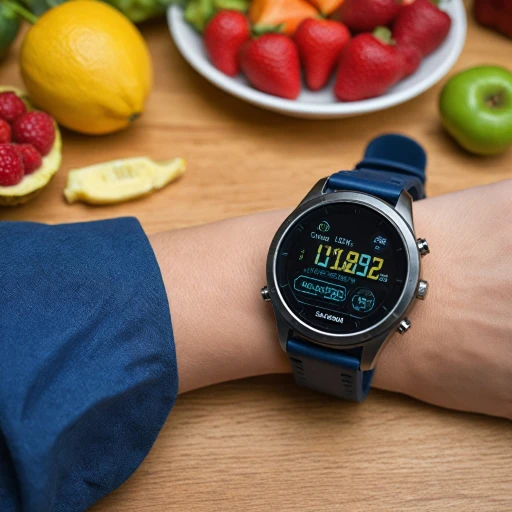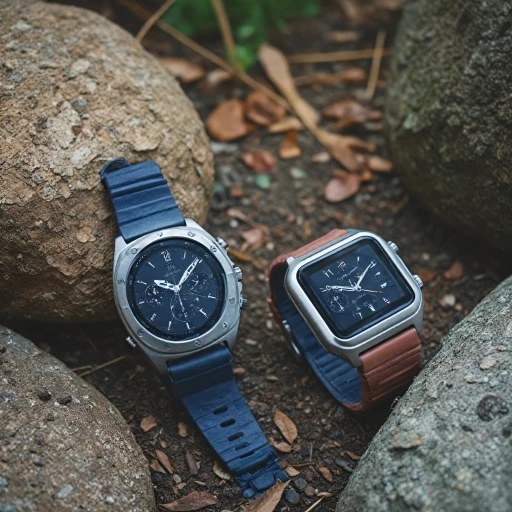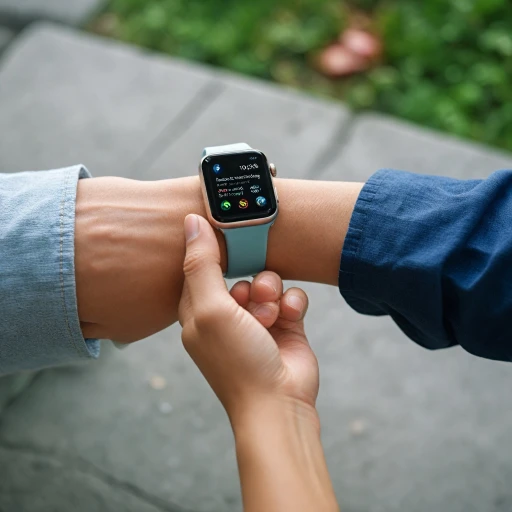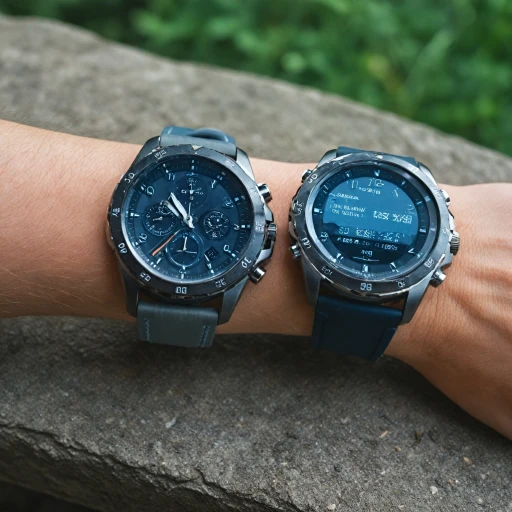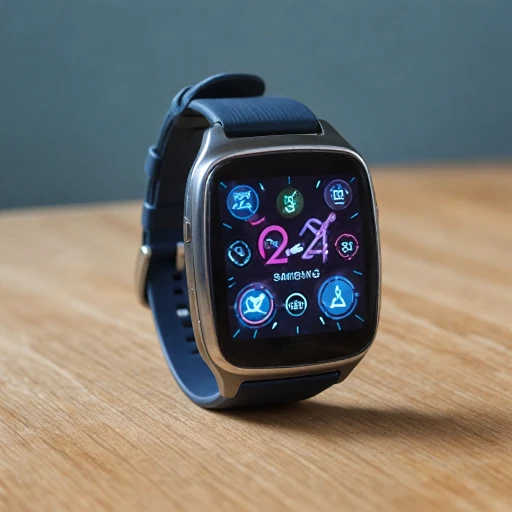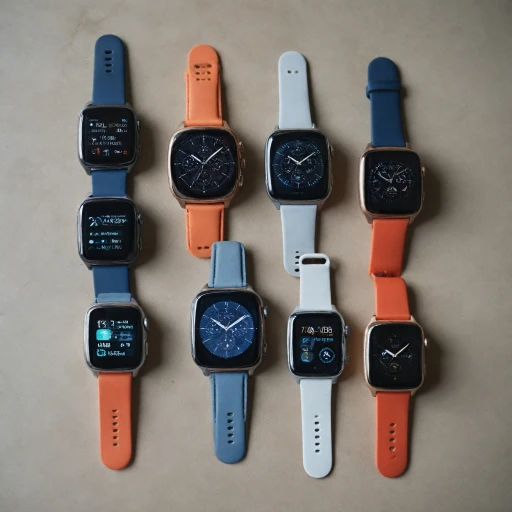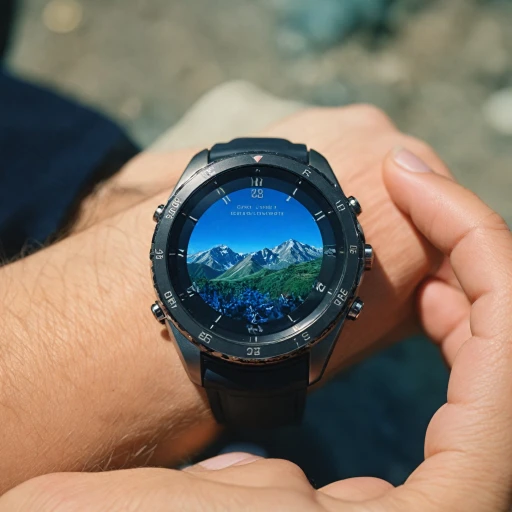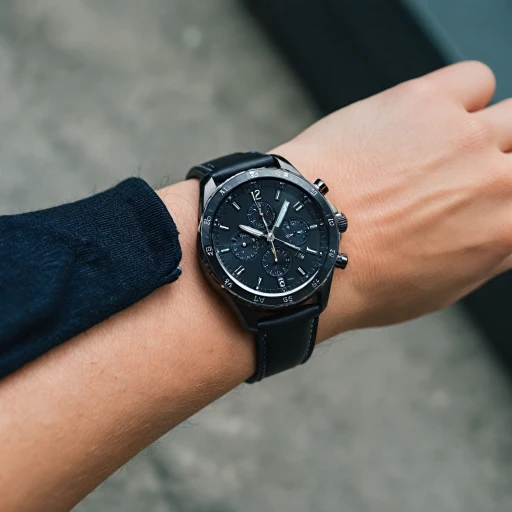
The Evolution of Smartwatches in Health Monitoring
Advancements in Wearable Health Technology
In recent years, smartwatches have evolved from basic fitness trackers to sophisticated health monitoring devices. This transformation has been propelled by the integration of advanced sensors and continuous glucose monitoring (CGM) technology. With an increasing focus on improving diabetes care, smartwatches have become pivotal in monitoring various health metrics, including glucose levels, heart rate, and blood pressure.
The Rise of Blood Sugar Monitoring in Smartwatches
Blood sugar monitoring has traditionally relied on invasive methods like test strips and blood glucose meters. However, the development of non-invasive sensor technology offers a new frontier for those managing type diabetes. Continuous glucose monitoring (CGM) devices, such as the ones developed by Dexcom, provide real-time glucose readings, enabling users to maintain their levels within the target range more effectively. These devices not only reduce the dependence on finger-prick tests but also offer insights that can be crucial for diabetes management.
The Role of Smartwatches in Diabetes Management
Smartwatches equipped with CGM capabilities are revolutionizing diabetes care by offering seamless integration with health monitoring apps. They provide real-time updates on glucose fluctuations and generate alerts when sugar levels stray from the desired range. This can be especially beneficial for people striving to optimize their insulin dosages or adjust their lifestyle habits.
For older adults or those unfamiliar with modern technology, choosing the right smartwatch is crucial for effective health management. The versatility and ease-of-use of these devices make them a valuable asset in daily health care routines.
How Blood Sugar Monitoring Watches Work
Understanding the Fundamentals of Glucose Monitoring
In recent years, smartwatches have made significant strides in the realm of healthcare, transforming into essential devices for monitoring various health metrics. Among these, glucose monitoring stands out as a particularly promising innovation, especially for those managing diabetes and concerned about blood sugar levels. These advanced devices work by utilizing a continuous glucose monitoring (CGM) system. The CGM sensors are typically worn on the skin and are designed to measure glucose levels in real time. This technology allows a watch to monitor glucose levels continuously, providing users with timely updates without the need for frequent finger-prick tests. The core component of this system is a small wearable sensor, which detects glucose levels in the interstitial fluid. This sensor communicates wirelessly with the smartwatch, allowing it to display blood glucose levels directly on the screen. Some popular systems, like the Dexcom range, integrate seamlessly with compatible smartwatches, providing users an efficient and non-intrusive way to track their health metrics. This continuous glucose monitoring approach offers a dynamic health care solution by enabling users to easily access their glucose monitor at any time, helping them maintain their target range more effectively. Moreover, these devices often come equipped with alerts that inform users if their glucose levels are too high or too low, thus emphasizing proactive diabetes care. Consumers seeking these wearable health monitors are increasingly comparing features and functionalities to choose the best fit for their needs. While the technology offers immense benefits, it’s also essential to be aware of limitations and ensure the device is used as part of a broader diabetes care strategy. For more insights into the advantages and features of such health-oriented smartwatches, understanding the benefits of a watch equipped with fall detection can provide additional information for making an informed decision. These user-friendly devices not only assist in maintaining glucose levels but also contribute significantly to the personal health and wellbeing of individuals, proving invaluable for people managing type diabetes. As these technologies evolve, they promise to continue revolutionizing the way individuals engage with their health monitoring routines.Benefits of Using a Blood Sugar Monitoring Watch
Advantages of Using a Smartwatch for Continuous Glucose Monitoring
Smartwatches equipped with continuous glucose monitoring (CGM) technology have transformed diabetes care, offering unparalleled convenience and improved health outcomes. Here are some significant benefits of using a blood sugar monitoring watch:- Real-Time Glucose Tracking: Smartwatches provide continuous glucose level tracking, eliminating the need for frequent fingerstick tests with traditional meters. This real-time insight allows people to take timely actions, such as adjusting insulin doses or modifying dietary choices, maintaining their blood sugar within a target range.
- Improved Health Management: CGM watches offer more than just glucose readings. They integrate with comprehensive health platforms, tracking various metrics like heart rate and activity levels. This holistic view of health data enables users and their healthcare providers to make informed decisions about their diabetes care strategy.
- Increased Awareness: By linking blood glucose data with everyday activities, users gain a better understanding of how food intake, exercise, and stress affect their sugar levels. These insights empower them to make healthier lifestyle choices consistently.
- Reduced Risk of Hypoglycemia: Alarming features notify users when glucose levels approach a critical threshold, reducing the risk of severe hypoglycemia. Such constant monitoring helps avoid potentially dangerous low blood sugar events.
- Convenience and Comfort: The convenience of a watch-style device cannot be overstated. Unlike traditional glucose monitors, these devices require fewer interruptions in daily life, eliminating the need for test strips and providing easy accessibility.
- Integration with Other Devices: Many modern smartwatches, like the Apple Watch, allow integration with smartphones and apps. This connectivity provides users with a comprehensive view of their health, ideal for those with busy lifestyles who need seamless data access.
Challenges and Limitations
Pitfalls and Considerations of Blood Sugar Monitoring Watches
Blood sugar monitoring smartwatches, while presenting a promising tool for managing health, come with their own set of challenges. Key factors to consider are both technological and user-based. Tracking glucose levels through a watch is reliant on sophisticated sensors and algorithms. Many devices attempt to offer accurate readings similar to a continuous glucose monitor (CGM), yet some users may experience discrepancies with readings compared to traditional methods like blood glucose meters. This inaccuracy can stem from various influences including the calibration process, positioning of the sensor, and interference from physical activity.User Challenges
- Calibration demands: Users may need to regularly calibrate their device using conventional glucose monitors or test strips to ensure accuracy, which can be a cumbersome requirement.
- Device maintenance: Continuous use can sometimes require frequent updates or firmware checks, adding complexity to regular health care routines.
- Data interpretation: The real-time data provided by these devices needs to be interpreted correctly by the user which sometimes can be complex without professional guidance.
Technological Constraints
- Sensor limitations: The non-invasive nature of wrist monitors means they may have limitations in detecting rapid changes in glucose levels when compared to more intrusive methods.
- Battery life: Continuous health monitoring can significantly drain the battery of a smartwatch, particularly when monitoring additional metrics like heart rate or blood pressure alongside glucose levels.
Comparing Blood Sugar Monitoring Watches
Evaluating Different Blood Sugar Monitoring Watches
When diving into the realm of blood sugar monitoring with smartwatches, a pivotal aspect is comparing the various devices available in the market. Each smartwatch equipped with glucose monitoring capabilities offers unique features, appealing to different needs and preferences of users.- Continuous vs. Periodic Monitoring: Continuous glucose monitors (CGMs) embedded in some smartwatches offer real-time data, allowing individuals to keep track of their glucose levels consistently throughout the day. This feature is particularly beneficial for people managing type 1 diabetes, enabling them to maintain their sugar levels within the target range. On the flip side, some devices provide periodic monitoring, which still offers valuable insights but with less frequency.
- Accuracy and Reliability: The accuracy of a blood sugar monitoring device is paramount. Devices like those integrated with advanced sensors, such as the Dexcom sensors used in certain watches, are renowned for their precision in blood glucose readings. However, it's important to cross-reference these readings with traditional test strips or a glucose meter to confirm their reliability.
- User-Friendliness: An essential criterion for any health-related gadget is user-friendliness. Devices vary in display interface, app compatibility, and ease of use. Watches that offer straightforward application interfaces and clear display readings tend to attract a larger audience, particularly those new to using health monitoring gadgets.
- Health and Fitness Integration: Not all watches combine glucose monitoring with other health metrics effectively. Some models are excellent at merging fitness tracking features such as heart rate and blood pressure monitoring, which provides a comprehensive health overview. Users must consider if they desire a multi-functional device or a watch specialized purely in glucose monitoring.
The Future of Blood Sugar Monitoring Technology
The Next Generation of Blood Sugar Monitoring
As technology continues to advance rapidly, the future of blood sugar monitoring with smartwatches promises to be more integrated and user-friendly. Device improvements are likely to cater to the growing needs of people managing diabetes. Here's a glimpse into what's on the horizon.Seamless Integration and User Experience
Manufacturers are working tirelessly to integrate blood sugar monitoring seamlessly into everyday wearables. Companies are expected to refine their glucose monitoring techniques, reducing the reliance on traditional test strips and blood glucose meters.- Enhanced User Interfaces: Future devices are likely to feature more intuitive displays, providing real-time data that is easily accessible. This improvement could help users better manage their glucose levels and maintain their health care routine with effectiveness.
- Discreet Technology: Continuous glucose monitoring (CGM) devices and sensors are becoming more compact, paving the way for more discreet diabetes care. As the health tech sector grows, the incorporation of these technologies into popular smartwatches like the Apple Watch is anticipated to blur the lines between wellness and medical applications.
Advanced Sensor Technology
The sensor technology within these smartwatches plays a crucial role. Developers are looking to evolve sensor capabilities beyond current CGM technologies like Dexcom, aiming for more accurate and reliable glucose readings.- Non-Invasive Glucose Monitoring: Innovation in the field may lean towards non-invasive methods, reducing the need for blood samples. This development would significantly enhance the comfort for those requiring continuous glucose monitoring.
Holistic Health Monitoring
Blood sugar monitoring isn’t the only area that is set for evolution. These devices aim to provide a more comprehensive health monitoring experience.- Multi-Parameter Tracking: Future models might incorporate additional health metrics, such as blood pressure, alongside blood sugar levels. This comprehensive monitoring could help people manage both diabetes and cardiovascular health in one device.
- Data Integration: Cloud-connected smartwatches could offer better data storage and analysis capabilities, allowing users to track their glucose levels, insulin intake, and other important health indicators in real-time.
